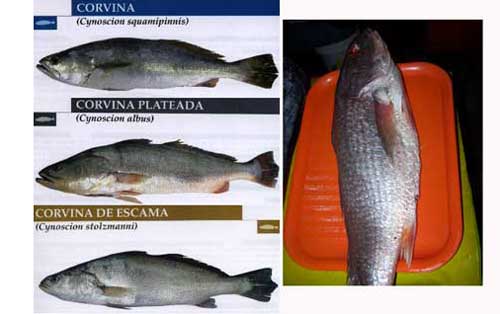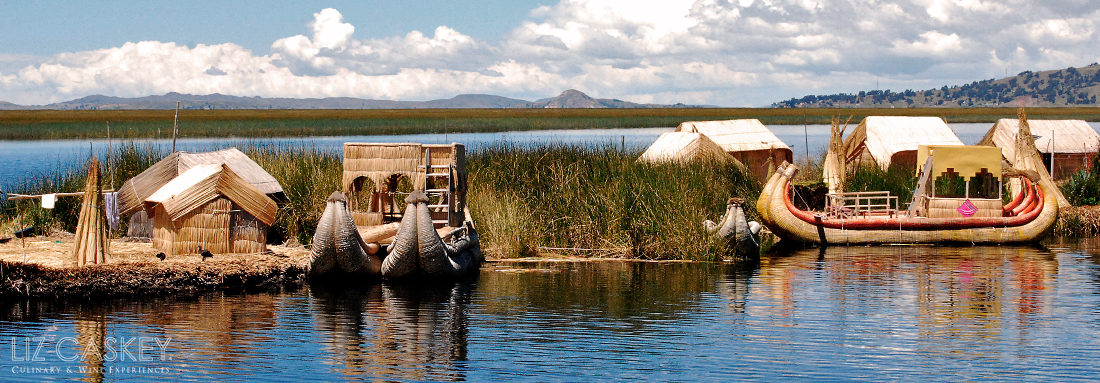
As of late when dining out in restaurants in and around Chile, I have come to notice (and am alarmed) that most menus do a horrendous translation job when it comes to accurately defining what Chilean Seabass is in English. For those readers traveling in Chile, please beware of the following misnomer to avoid major food disappointments and gross overcharging when your plate (or bill) arrives.

MERO: The real deal, or the Chilean seabass we know as imported. Abroad, it can rake in US$40 per pound or even in Chile up to US$20 per pound as it is virtually all exported and few people in the local market will pay the outrageous prices it can garner abroad. Mero is actually Patagonian toothfish, a slimy, black, long fish with firm but oily meat (similar to Salmon but no Omegas here).
Most mero in Chile comes frozen due to the long distances it travels from Antarctic waters and due to its high cost, is usually found in more expensive restaurants. Not to beat the environmental drum, it is worth mentioning that this species is under a fishing quarantine during much of the year as the population has been so depleted that it is in risk of extinction. For reference purposes, average price per kilo for fillet: 15,000 (US$ 30)
Personally, I would order the corvina. Or some other great local white, delicious fish like rollizo (Rockfish), robalo (Striped bass), congrio (Monkfish), merluza (Hake), vieja (Grouper) or heck, even the boring old reineta (flounder). Chile DOES have 6,000 kilometers of coastline after all.
Happy Fishing–or dining.












